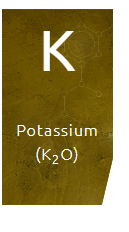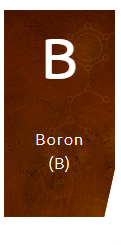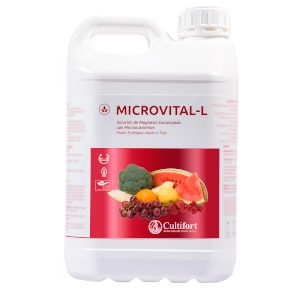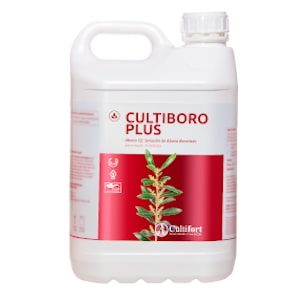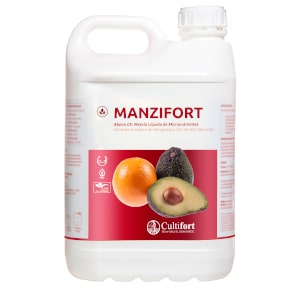The almond tree is generally considered a rustic crop, very tolerant to drought (Torrecillas et al., 1989), however, the producers are tremendously dependent on the supply of water and nutrients in order to obtain high yields of optimum quality in their crops (Micke, nineteen ninety-six).
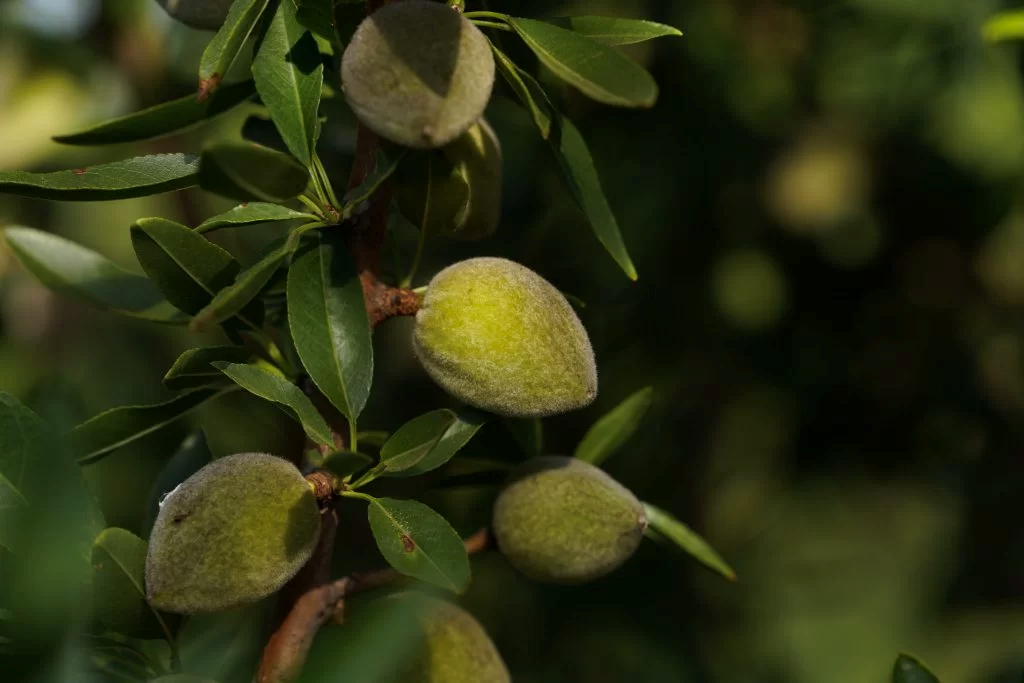
The establishment of a reference fertilization program is basic to allow the expression of productivity, to achieve a good development and to avoid, or at least reduce, the alternation (Salazar and Melgarejo, 2002). Although this type of program must be adapted to the particular characteristics of the plot and carried out after analysis of the soil, of the extractions for production by pruning and of the leaves.
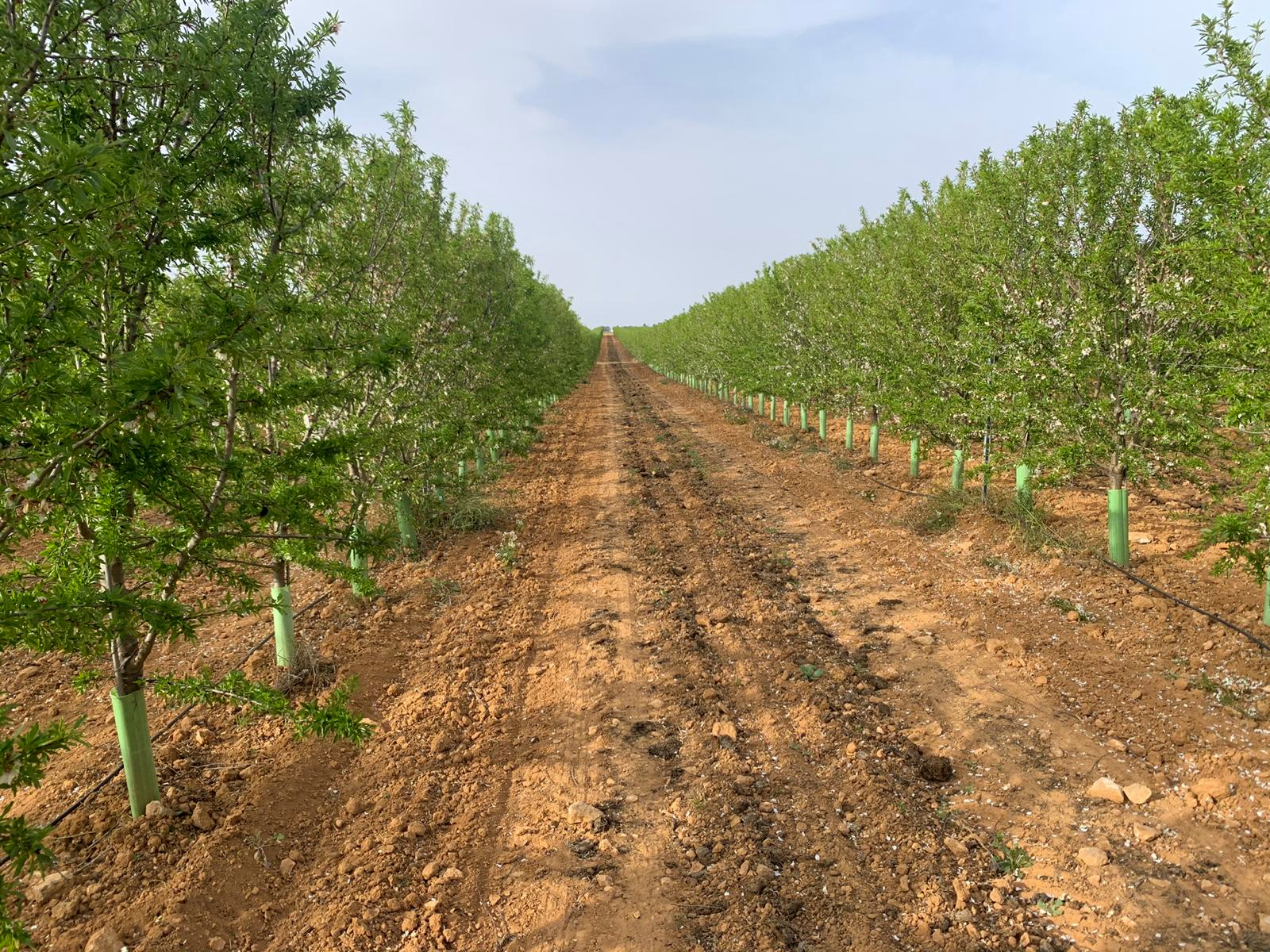
Gruhn et al. (2000) and Tagliavini and Scandellari (2012) insist on the need to know the so-called “nutrient cycles” as a continuous recycling of nutrients from and to the soil, which involves biological and chemical interactions and which, to this day, remain unknown. be fully explained (Hamdi and Abadia, 2013). The cycle includes inputs that add nutrients to the soil such as mineral fertilizers, organic matter, atmospheric deposition, biological nitrogen fixation, and sedimentation, as well as extractions that include both harvest and other tree losses, as well as those nutrients lost through leaching into the soil. form of gases or erosion.
The foliar contents of the most common nutritional elements according to the sources of the Ministry of Agriculture, Fisheries and Food are described in the following table:
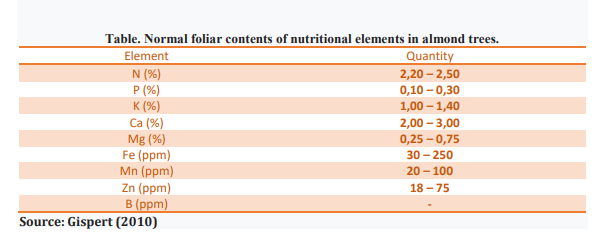
Fertigation facilitates the progressive absorption of nutrients in small amounts at the level of the roots and allows adaptation to each stage of the crop. Likewise, it favors a better productive and qualitative response of the almond tree (Valverde et al., 2006). Regarding the basic importance of each of the main nutritional elements in the almond tree, the following should be highlighted:
• Nitrogen: Bruulsema et al. (2008) describe Nitrogen as an important element in the initial growth of the tree since it promotes its vegetative growth. Although the requirements of the almond tree in nitrogen are usually quite low, in rained areas it is a very necessary element for the correct development of the fruit tree.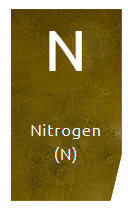
• Phosphorus: Phosphorus is a key element in energy transport, it forms part of nucleoproteins and is involved in vital functions such as photosynthesis and cell division, among others (Muncharaz, 2004). Salazar and Melgarejo (2002) highlight the importance of this element in root formation by favoring the development of meristems.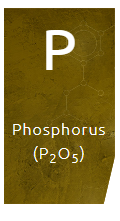
• Potassium: Potassium favors the concentration of assimilates in the fruit, hence a potassium deficiency limits fruit size (Reidel et al., 2001). It is an indispensable element for tree growth as it activates a large number of enzymes and plays a major role in the water relations of trees and also improves plant resistance to pests and diseases (García-Serrano et al., 2010).
• Boron: although, Boron is a trace element of low requirement by the almond tree, its lack implies a very considerable increase in floral anomalies. Despite being a mobile element whose foliar fertilization is very efficient in this species (Brown, 2007), Salazar and Melgarejo (2002) recommend that the needs of the tree should be covered before sprouting.
• Zinc: similar to boron, Zinc is an important element in almond blossoms. Sotomayor et al. (2001) highlight the action exerted by the foliar application of a combination of boron and zinc on almond fruit set.
To optimize the production of the almond tree, it is a fundamental and primordial condition that the flowers set and their fruits develop properly, which are those that contain the seeds or almonds. To achieve this purpose, all events must occur without limitations, from the formation of flower buds, flowering, pollination, fertilization, fruit set and development, to maturity (Sotomayor, 1997).
The setting of the almond fruit is associated with factors that occur during flowering, both environmental and limiting: temperature, relative humidity, lack of rain, efficient work of pollinating insects, Nitrogen (N), Carbon (C), Boron (B) and Zinc. (Zn), among others; as inherent to the fruit species itself: adequate combination of compatible and coincident pollinating cultivars (Grasselly and Crossa-Raynaud, 1984).
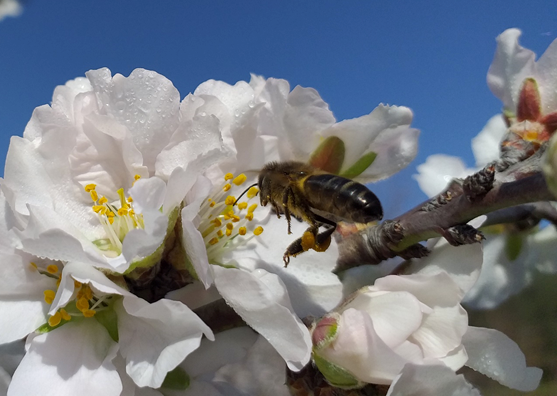
The conditions the plant faces after fruit set also determine the final harvest. As the almond tree is an edible seed, it is important that the maximum number of fruits set and persist until harvesting to finally obtain its seeds. Therefore, both the setting and the subsequent maintenance of the fruits in each campaign are fundamental in the productivity of this fruit tree. The levels of fruit set considered adequate in almond trees fluctuate between 20 and 30% (Nyomora et al., 1997). However, it is possible to find fruit set levels of 5 to 50%, depending on the agroclimatic conditions of a plantation (Hill et al., 1985).
Corrective foliar applications of B applied at harvest were able to increase fruit set between 26 and 59% compared to a control treatment without B applications (Nyomora and Brown, 1999).
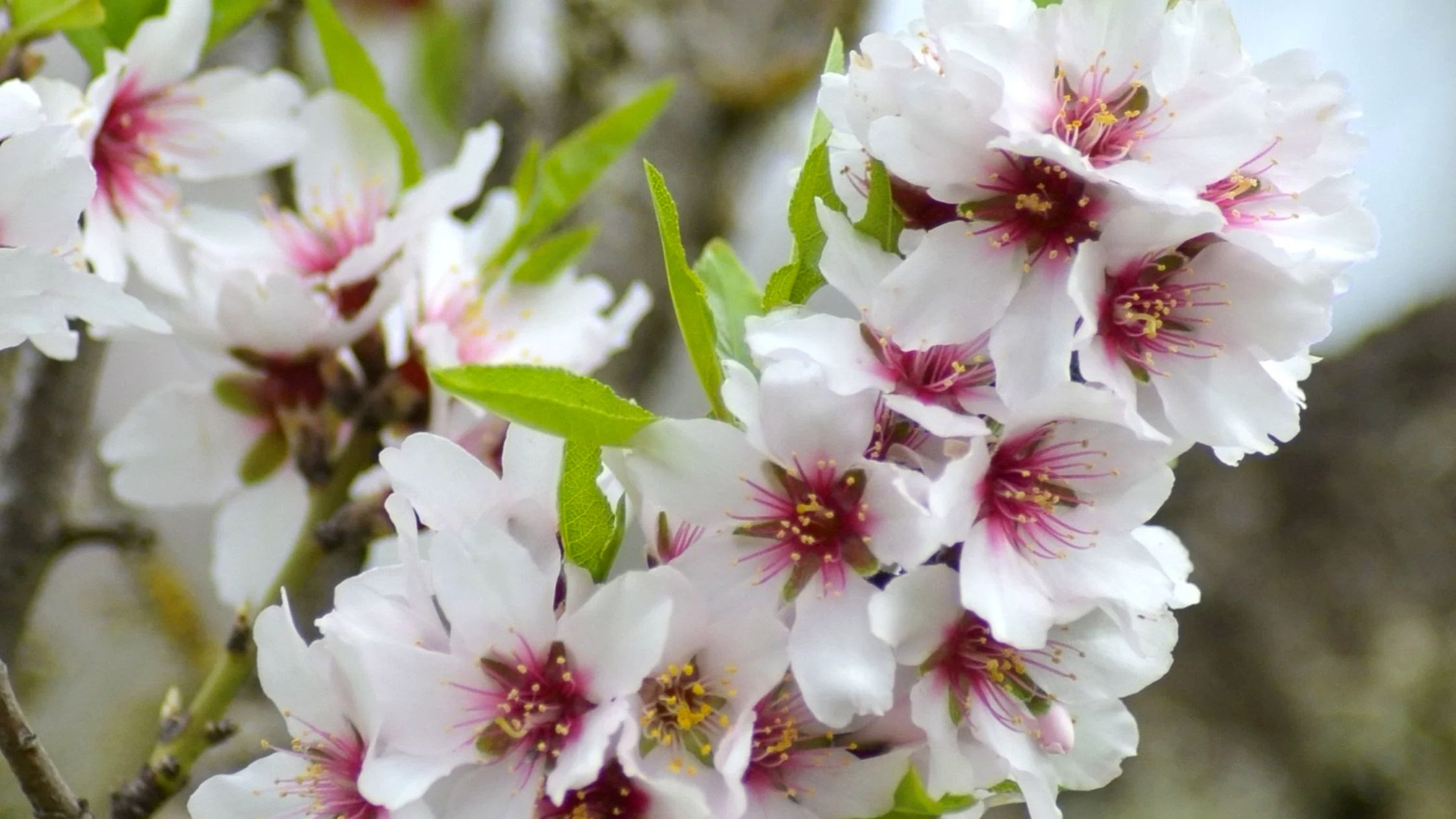
In several fruit trees it has been determined that low levels of B can restrict fruit set, reduce fruit retention and development, and reduce crop yields (Sotomayor and Silva, 1999). The vast majority of the trials carried out in this regard have been with trees that did not show B deficiency, so it is assumed that there is a specific and localized requirement of this micronutrient in the reproductive process of many fruit trees (Nyomora et al., 1997). In this sense, Silva and Rodriguez (1995) point out that B may be adequately concentrated in leaves or other organs, but deficient in meristematic or floral tissues. The action of B in the flowering and fruiting processes seems to be indirect and determined by other mechanisms in which this microelement participates, such as the absorption and transport of ions and carbohydrates in the plant (Parr and Loughman, 1983).
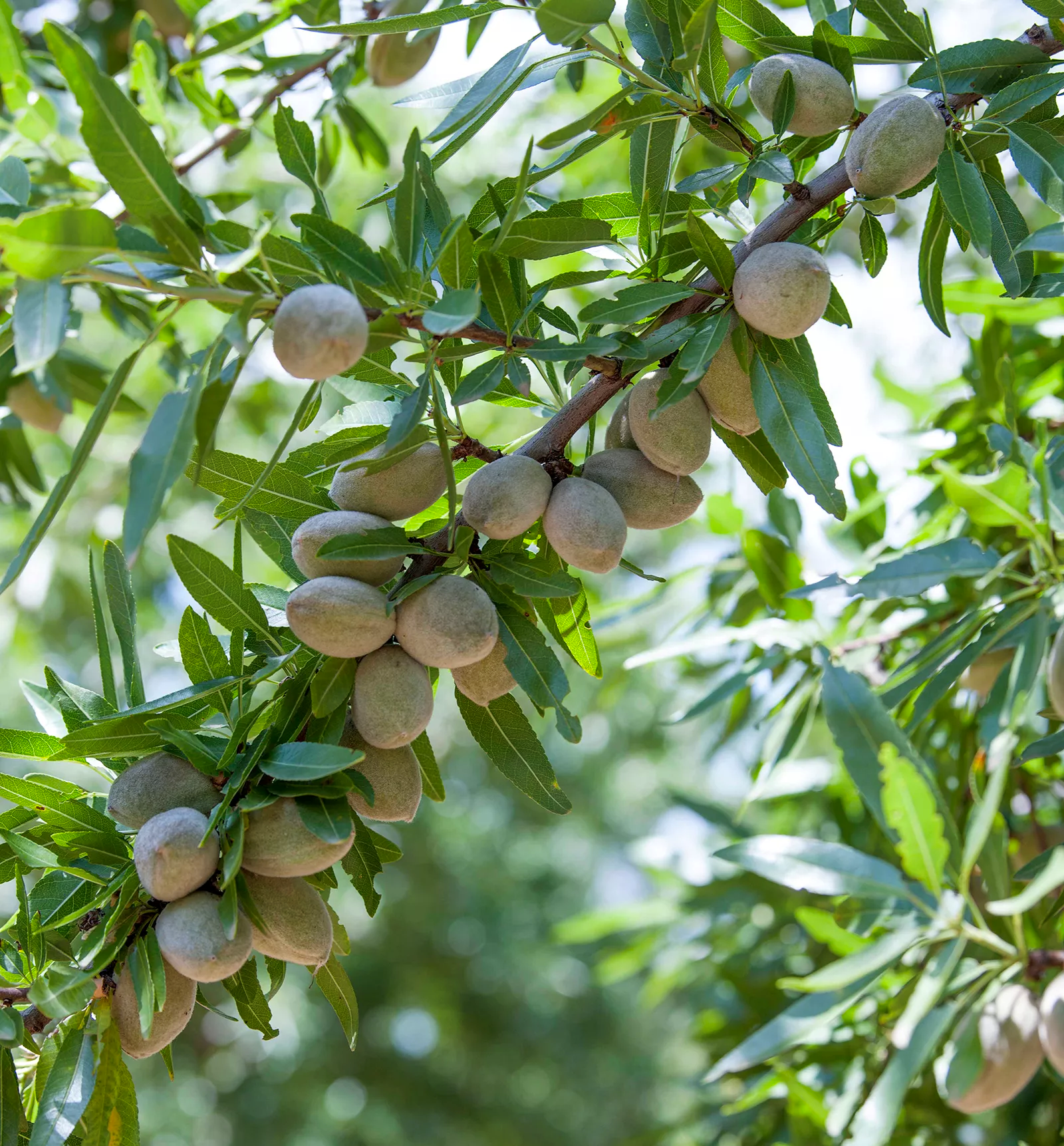
A “B” deficiency would alter the transport of sugars to the developing flower, reducing the sweetness of the nectar and making it less attractive for pollination by bees (Marschner, 1986). It is also postulated that B influences the synthesis of flavonoids, compounds related to pollen viability and germination capacity (Taylor et al., 1994).
Nyomora et al. (1997) point out that B deficiencies result in lower pollen viability and germination and a reduction in the rate of pollen tube development, while Silva and Rodriguez (1995) consider that deficiency symptoms are usually greater floral abortion and imperfect fruit set, among other problems. On the other hand, Lewis (1980) mentions that B plays a physiological role in the inactivation of callose, an element that usually hinders the penetration of the pollen tube into the floral style of different fruit trees, especially among incompatible cultivars.
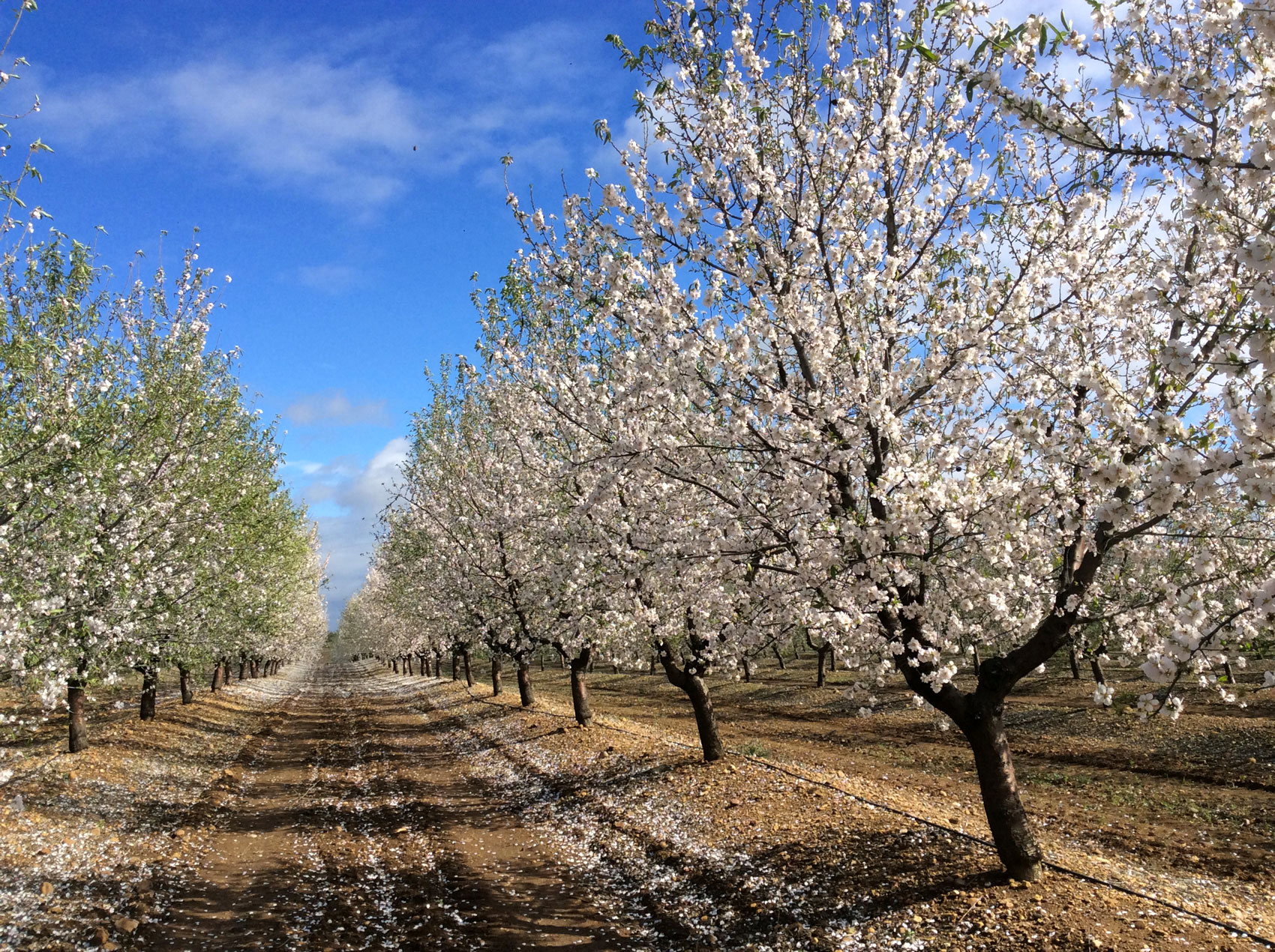
Another element that has been associated with fruit productivity is zinc. The classic symptoms of Zn deficiency are small and curled leaves, shortening of internodes and in severe cases, defoliation and death of twigs. In general terms, the action of Zn in plants consists of activating various enzymatic processes, such as glucose phosphorylation, thus allowing the formation of starch, peptidases and the transformation of amino acids to proteins (Silva and Rodriguez, 1995).
Zn is involved in auxin formation through the synthesis of tryptophan, a precursor of auxins; therefore, deficiency of this micronutrient is revealed by a drastic decrease in auxin levels in the plant, which also exhibit increased indole oxidase activity, which degrades the existing indole acetic acid. Auxins play a key role in the growth of leaves, shoots and fruits in plants.
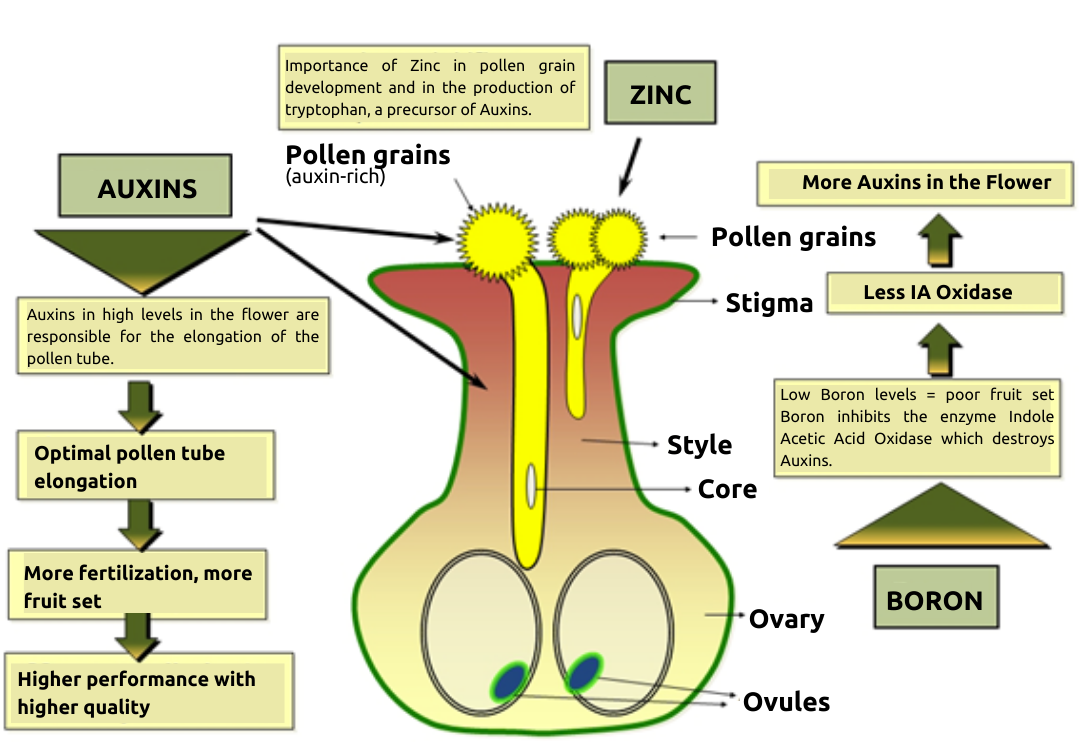
Some authors point out that there is an effect of Zn on fruit set and weight. Viveros (1996) considers that in almond trees, Zn and B deficiencies cause irregular growth of the plant and its fruits, excessive fall of these and lower harvests. According to Brown and Uriu (1996), the delay in flowering of almond trees due to the lack of Zn, usually determines poor pollination and a significant reduction in fruit production. They also point out that almonds produced on Zn-deficient trees are smaller than normal.
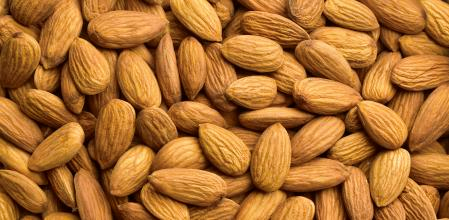
Foliar applications of B and Zn are already common in almond trees from ripening to post-harvest. They are also applied during flowering, but their effectiveness has not been demonstrated.
Post-harvest boron applications are very effective, since it is a very mobile element, which is stored and remains in high concentration until the next flowering, improving fertilization and therefore fruit set. Zinc, of great importance in the growth and germination of pollen, should be applied in post-harvest only when the leaf analysis values are low or when the fruit species are very demanding of this element, as is the case of almond trees.
Therefore, from the technical department of Cultifort, we would like to recommend a series of products to improve flowering and fruit set in almond trees:
MICROVITAL-L. Liquid formulation of organic molecules of vegetable origin with magnesium and micro elements. It has a beneficial influence on the biological, chemical and physical aspects of the soil. Organic matter is essential for soil life, favoring the development of microbiota. It improves aeration, infiltration and water retention capacity, increases the carbon/nitrogen (C/N) ratio and thus soil fertility, improves the clay-humic complex, cation exchange capacity (CEC) and nutrient availability, facilitates root formation and plant metabolic activity and delays leaf senescence, helping the plant to remain photosynthetically active for longer, which will lead to a greater accumulation of reserve substances. It also prevents the main microelement deficiencies. Thanks to its flavonoid molecules, magnesium and microelements, it provides a differential plus to crops.
CULTIBORO PLUS. Liquid formulation of boron, complexed with ethanolamine and reducing sugars, easily assimilated. Recommended to improve flowering (pollen tube and pollen quality) and fruit set, as well as to induce root growth and renewal of absorbing hairs, since it is involved in cell division and acts as a precursor of certain hormones. This element is usually found in deficient levels in calcareous and easily leachable soils or in light soils, which induces its deficiency.
MANZIFORT. Liquid formulation rich in zinc and manganese chelated with EDTA, polycarboxylic acids and reducing sugars. Ease of application, speed of action and efficacy are the main characteristics achieved with this simultaneous zinc and manganese corrector, since these deficiencies are usually associated in many crops and it is convenient to control them together. Zinc acts mainly as an enzymatic activator, highlighting the synthesis of auxins (indoleacetic acid or growth hormone); while manganese is another enzymatic activator related to the metabolism of carbohydrates and fatty acids, as well as in the formation of nucleic acids and in the Krebs cycle, and together with other metals, it is an activator of arginase and phosphatase, besides acting in the photolysis of water in photosynthesis.
REFERENCES
BROWN, P. (2007). Is there a biological rationale for foliar fertilizers in almond production? Plant & Soil Conference (págs. 53-62). Davis (California): University of California.
BROWN, P. y URIU, K., 1996. Nutrition deficiencies and toxicities: diagnosing and correcting imbalances. Almond Production Manual. University of California. Pp: 179-188.
BRUULSEMA, T., WITT, C., GARCIA, F., & AL. (2008). A global framework for fertilizers BMPs. Better Crops Plant Food(92), 4-6. GISPERT, J. (2010). Agua y nutrición en el almendro. Uso controlado y respetuoso con el medio. Fruticultura, 105- 113.
GARCIA-SERRANO, P., RUANO, S., & LUCENA, J. N. (2010). Guia práctica de la fertilización racional de los cultivos en España. Madrid: MINISTERIO DE MEDIO AMBIENTE Y DEL MEDIO RURAL Y MARINO.
GRASSELLY, C. Y CROSSA-RAYNAUD, P., 1984. El Almendro. Ed. Mundi-Prensa (Madrid) 465 p.
GRUHN, P., GOLETTI, F., & YUDELMAN, M. (2000). Integrated nutrient management, soil fertility and sutainable agriculture: Current issues and future challenges. Washington: International Food Policy Research Institute.
HAMDI, E., & ABADIA, J. (2013). EStimación de las necesidades de nutrientes en frutales de hoja caduca: el caso del melocotonero. Vida Rural, 32-36.
HILL, S., STEPHENSON, D. Y TAYLOR, B., 1985. Almond pollination studies: pollen production and viability, flower emergence and cross-pollination test. Aust. J. Exp. Agric. 25: 697-704.
LEWIS, D., 1980. Are there interrelations between metabolic role of boron, synthesis of phenolic phytoalexin and the germination of pollen? New Phytol. 84: 261-270.
MARSCHNER, H., 1986. Mineral nutrition of higher plants. Academic Press (London). 657p.
MARTIN, E., 2018. La bioestimulación para mejorar la produtividad del almendro. Interempresas. Anales Sectoriales: Horticultura.
MICKE, W. (1996). Almond production manual. Berkeley: University of California.
MUNCHARAZ, M. (2004). El Almendro. Manual Técnico. Madrid: Mundi-Prensa.
NYOMORA, M., Brown, P. Y FREEMAN, M., 1997. Fall foliar applied boron increases tisue boron concentration and nut set of almond. J. Amer. Soc. Hort. Sci. 122(3): 405-410.
NYOMORA, M. y BROWN, H., 1999. Rate and time of boron application increase almond productivity and tissue boron concentration. Hort Science 34(2): 242-245.
PARR, A. y LOUGHMAN, B:, 1983. Boron and membrane function in plants. Metals and Micronutrients: uptake and utilization by plants. Acedemic Press (London). Pp: 86-103.
REIDEL, E., BROWN, P., DUNCAN, R., & WEINBAUM, S. (2001). Almond productivity as related to tissue potassium. Better Crops (3):21-23.
SALAZAR, D., & MELGAREJO, P. (2002). Frutales leñosos: Frutales de zonas áridas. El cultivo del almendro. Madrid: Mundi-Prensa Ed.
SILVA, H. y RODRIGUEZ, J., 1995. Fertilización de plantas frutales. Ed. U. Católica. Colección en Agricultura (Santiago de Chile). 520 p.
SOTOMAYOR, C., 1997. Evaluación de diferentes modalidades de polinización en almendros. Ciencia e Investigación Agraria 24 (1):7-11.
SOTOMAYOR, C. y SILVA, H., 1999. Efectiveness of boron and zinc foliar sprays on fruit setting of 2 almond cultivars. Ciencia e Investigación Agraria 26(3): 149-154.
SOTOMAYOR, C., SILVA, H., & CASTRO, J. (2001). Effectiveness of boron and zinc foliar sprays on fruit setting of two almond cultivars. ISHS Acta Horticulturae, 591, 437-440.
TAGLIAVINI, M., & SCANDELLARI, F. (2012). Nutrient uptake requirements and partitioning in fruit trees. Acta Horticulturae, 395-397.
TAYLOR, L., VOGT, T. y TURCICH, P., 1994. Flavonols and funtional pollen. Current Topics in Plant Physiology. Amer. Soc. Plant Phys. Ser. 12: 62-77.
TORRECILLAS, A., RUIZ-SANCHEZ, M., LEON, A., & DEL AMOR, F. (1989). The response of young almond trees to different drip irrigated conditions. Development and Yield, 64, 1-7.
VALVERDE, M., MADRID, R., & GARCIA, A. (2006). Effect of the irrigation regime, type of fertilization, and culture year on the physical properties of almond (Guara). Journal of Food Engineering, 584-593.
VIVEROS, M., 1996. Minor nutrients essential for almonds. American Fruit Grower 116(2): 39.


